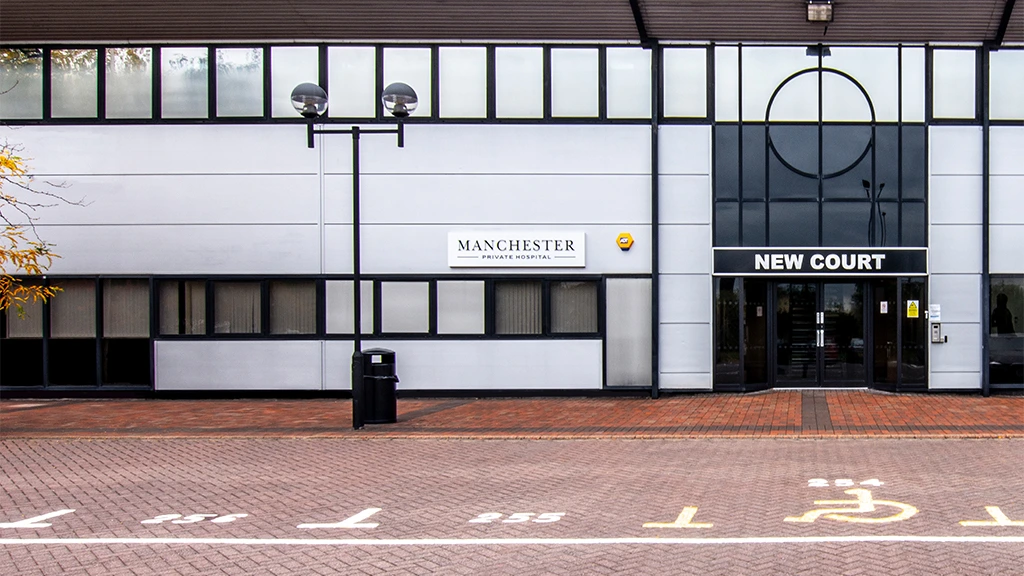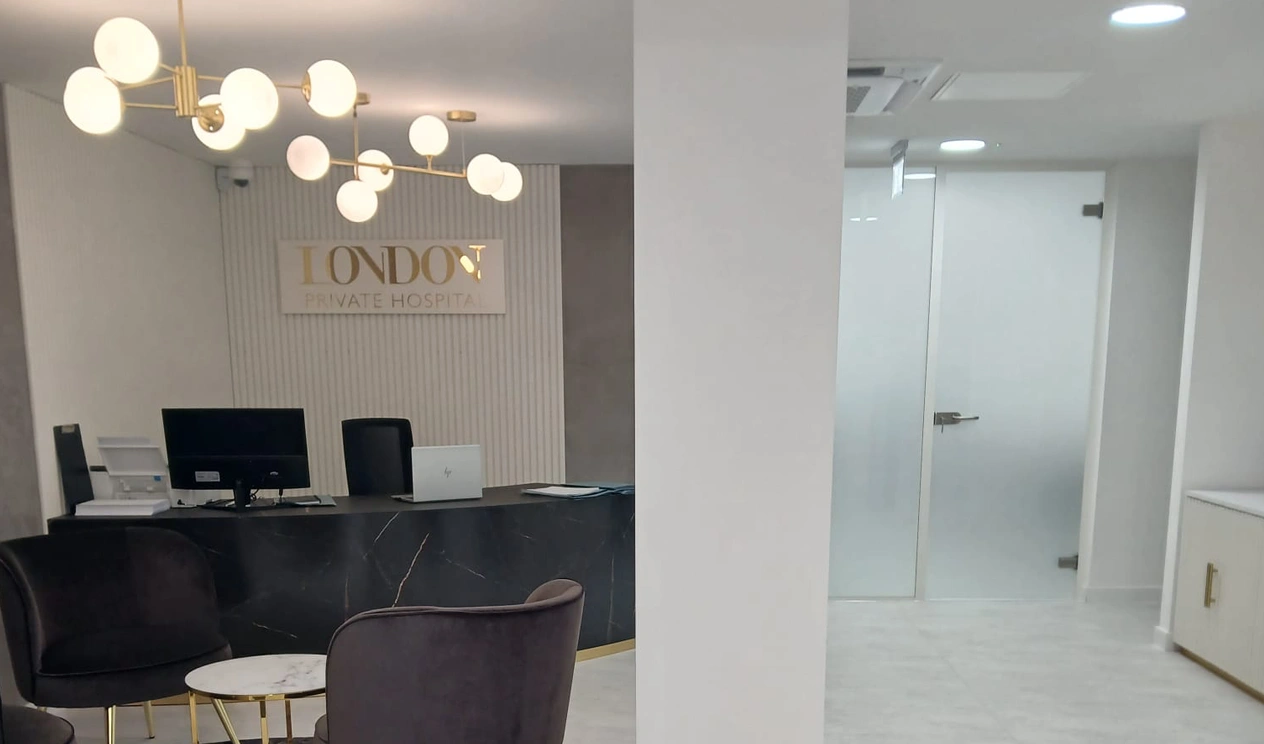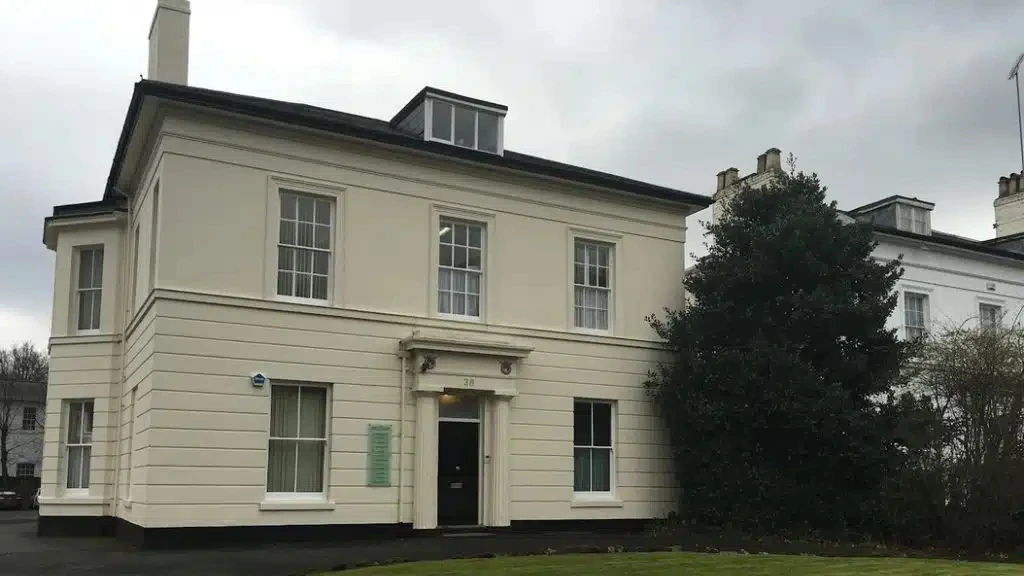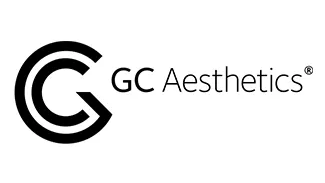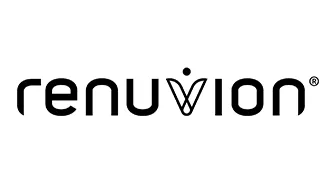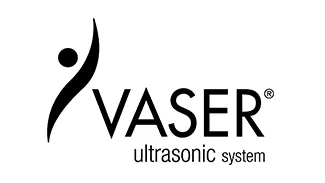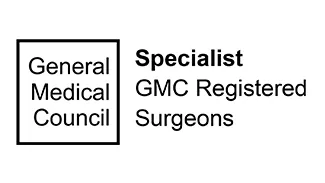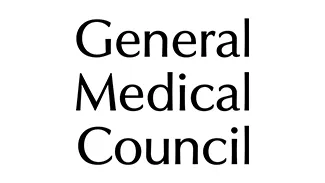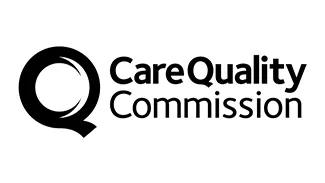Rhinoplasty is a surgical procedure that can accomplish several goals. The most common use of rhinoplasty is to enhance the proportions of the nose. It can also be used to improve or eliminate breathing problems that are caused by a structural defect of the nose. And because rhinoplasty can change the shape of a nose, it can also improve overall facial harmony.
Specific Issues That Rhinoplasty Can Address
One of the most common questions people have about rhinoplasty is whether or not it can fix a specific problem. Since this procedure can address many different nasal problems, the answer to that question is usually yes. To go into more detail, rhinoplasty can address nose size as it relates to the overall balance of a face.
Rhinoplasty can be used to change how wide a nose is at the bridge, as well as the position or size of nostrils. If a nose profile includes depressions or visible humps on the bridge, this surgical procedure can remove them. For the nasal tip, rhinoplasty can address a hooked, drooping, upturned, bulbous or enlarged tip. It can also fix nasal asymmetry.
Can Rhinoplasty Address a Deviated Septum?
A deviated septum is one of the most common cause of breathing difficulties. If you suffer from this condition, you’ll be happy to know that rhinoplasty should be able to address it. By adjusting the nasal structure and producing better alignment, this procedure can make it easier for you to breathe.
Are There Any Risks Associated with Rhinoplasty?
Every surgical procedure has risks. Since rhinoplasty is a form of surgery, risks that go along with it include nasal septal perforation, poor wound healing, scarring, infection, bleeding or risks associated with anesthesia. There’s also the possibility of revisional surgery, skin discoloration, unsatisfactory nasal appearance or difficulty breathing.
Rhinoplasty: The 5 Main Steps
If you meet with a doctor and both agree that this procedure is right for you, a time will be scheduled for the procedure. On the day of your rhinoplasty, you will be prepared and then put under anesthesia. Once you’re under, the doctor will begin by making an incision. The specific location of this incision on your nose will depend on your goals for the procedure.
After the incision has been made, your surgeon will reshape your nose. If your septum is deviated, straightening it will be the fourth step in this process. Lastly, the surgeon will carefully close the incision.
What’s Recovery Like?
During the procedure, chances are packing and/or a splint will be placed inside or outside of your nose. In terms of swelling, expect it to be very visible for the first few weeks. For most patients, swelling considerably goes down after that period. However, it’s fairly common for swelling to continue coming and going. This may be especially noticeable in the mornings.
While you should be very happy with how your nose looks after the first month, be aware that it can take up to a year before the complete contour of your nose is fully refined. If you have any additional questions about the recovery process or any other aspect of a rhinoplasty, don’t hesitate to ask them during your consultation.
3 ways to book your consultation with us
Nu Cosmetic Clinic services are now available through Manchester Private Hospital.
Click here or Use the form below to submit your request seamlessly.
Request Your Free Consultation
Nu Cosmetic Clinic services are now available through Manchester Private Hospital. Click here or Use the form below to submit your request seamlessly.



